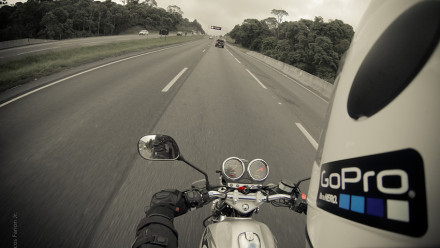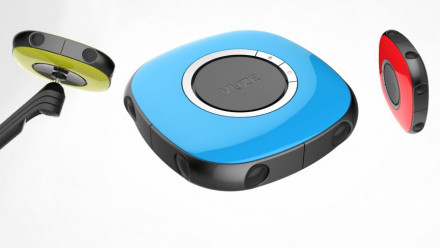Virtual Reality: Future or Fad?
The world of virtual reality, or ‘VR’ as it’s better known, is most broadly associated as the domain of the modern gaming community, with VR applications promising to take the user to the centre of the battlefield, race car or wherever the game may lead them. In more recent years, though, we have been witnessing something of a mass-market VR explosion with photographers and filmmakers adopting and trialling the medium, but it’s still difficult to say whether or not it’s a technology that will stick around in the consumer imaging area, long-term.
How are people discovering VR in 2018, and what is being done in the filmmaking community to create experiences that will encourage the mass market to adopt VR in both traditional and non-traditional arenas? For those who first saw VR imaging applications appearing on social media platforms, such as Facebook and YouTube, it was a strange, unfamiliar but often fascinating experience. The ability to be able to look broadly around a still image or video footage has captivated many, whilst the inevitable offering of the notions of sea-sickness that can come hand in hand with the experience has taken some getting used to

Gaming, AI & AR
Now, footage from the cockpits of fighter jets, extreme sports enthusiasts, rock bands and many more besides, have since been taking the unsuspecting public into the world of virtual reality for entertainment, by offering them the opportunity to experience the medium in its basic form, and within familiar platforms. As VR technology matures and is less expensive, all manner of people are finding that there’s a substitute for experience in many other areas, too.
Training doctors; treating anxiety, traveling to the roof of the world or building confidence in crowded situations; there seems to be no end of VR applications being designed to help the many. Even NASA is using a ‘mixed reality’ simulator that combines VR with a robotic crane that can mimic the feel of micro, lunar or Martian gravity. It’s these kinds of ‘mixed’ experiences that we believe will cross over in the longer term, offering real, practical applications for everyday use by a mass market.
The integration of AI [Artificial Intellegence] in smartphones and tablets is already becoming commonplace, with global brands such as Huawei leading the way with their imaging AI in handsets such as the P20 and P20 Pro.
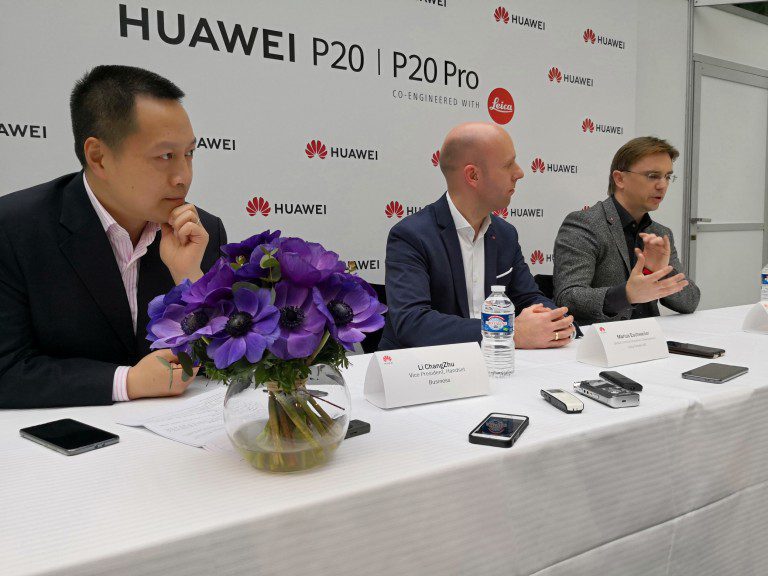
Similarly, AR [Augmented Reality] is likely to further merge into consumer devices but is still yet to make its mark with the mass market as a standalone technology. Some will remember huge [and expensive] billboard campaigns offering smartphone users the ability to bring 2D adverts to life using AR applications in their mobile devices.
Online fashion retailer, ASOS, impressively implemented the technology into their magazine for a period, bringing their pages to life and offering those who could be bothered, the chance to watch behind the scenes of the photoshoots they were browsing the results from. Whilst hugely impressive while it lasted, this is a function has subsequently been dropped by the mega-shop; presumably due to the additional resources needed to produce and integrate the additional content. Likely also due to the fact that they were a little early to the party with an unfamiliar/unwilling audience and, probably [due to this] the fact that the investment didn’t show enough of an increase in their sales to warrant the effort.
The company Aurasma burst onto, and practically created, the AR scene, back in 2011. Created in the UK by the software company Autonomy, it was first conceived for the 2011 J. J. Abrams film Super 8, and created such a buzz, the company seemed to be on a trajectory to mass market implementation. Their visibility was assisted by huge investment which saw the brand on the front of premier league football team shirts. The tech appeared to be as much of a ‘sure thing’ as Google’s on-off, Glass project!
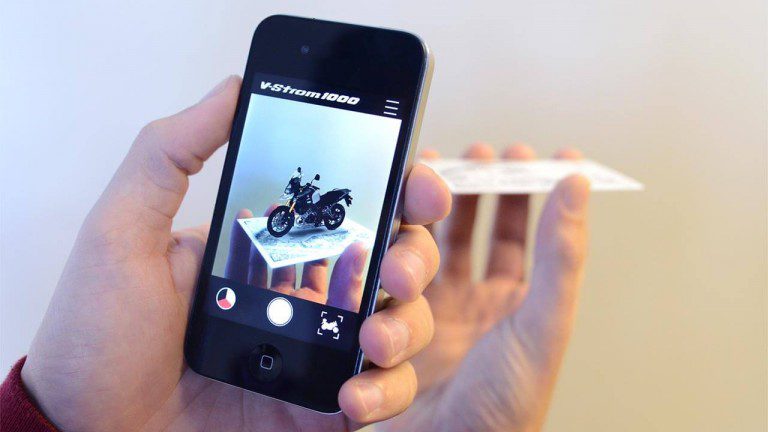
Now, Aurasma is owned by HP and goes under the name HP Reveal, suggesting that HP has great belief in the future integration of augmented reality. Either that, or they saw an opportunity to bag a bargain whilst leapfrogging the need to develop their own tech from scratch. Whatever the reason may be, it’s our belief that there’s a real division between these practical applications and other uses for virtual technologies, which fall more squarely in the realms of ‘entertainment’ and importantly for us, image making.
Development of VR in entertainment & creative arts
Such has been the expansion of VR technology in recent years, that corporations like the BBC now have dedicated divisions to explore the possibilities and the implications of delivering VR content to consumer television and cinema audiences; most recently offering a multi-platform VR experience of the 2018 World Cup via a specially-built BBC Sport VR 2018 FIFA World Cup application. Those downloading the app can watch all 33 games in VR on smartphones, tablets and also VR headsets, including the final from Moscow, the build-up to every live game, match highlights in VR and feature content in 360-degree video. With the BBC’s requirement to deliver programming content that is entertaining, informative and/or educational to all, they currently house a crack team of innovative filmmakers in their research and development dept in Salford [UK], testing and trialling projects, ranging from cutting-edge interactive sitcoms to immersive screenplays.

VR, or 360-degree video, has been steadily experimenting, too. Making its mark and demonstrating its possibilities with film and cinema audiences across a host of film festivals, with Sundance, Cannes and the London Film Festival all hosting dedicated VR categories.
The Tribeca Film Festival in New York has gone one step further, and being early adopters and champions of VR, are presenting 21 world premiere virtual and augmented exhibits, as well as five Storyscapes in the ‘Virtual Arcade’, along with ‘Cinema 360’, which is a VR theatre screening programs of 360 degree mobile content.
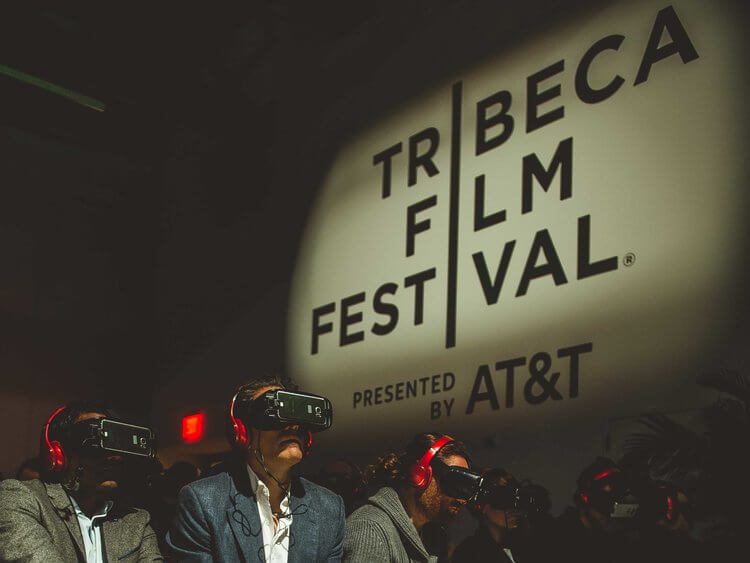
But it’s not only film, TV and social platforms that are making waves in driving the medium to a broader audience. Many are predicting that it is poised for expansion into our work, social lives and education. Today, mobile VR offers the most accessible glimpse into that future, and with Google having launched their ‘Cardboard’ product, along with the many other entry-level viewer devices that can be found in swathes of stores, Google’s Cardboard viewer was introduced as the most basic form of VR viewer, made from… well, cardboard.
We have been experiencing a gear-change in the availability of these devices; the flat-pack viewers have now become so run-of-the-mill, that they’re often given away as promos by those who are keen to drive the technology and the ‘strange’ spectacle of seeing people wearing all manner of VR headsets, is becoming less so by the day and this could well be a knock on effect that‘s been born from the adoption of action cameras over the last few years.
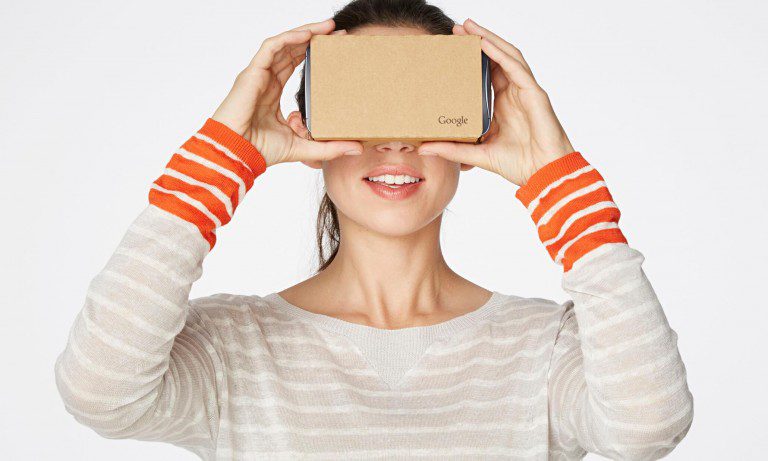
Consumers have seen what’s possible with 360 and VR cameras, with the facilities such as YouTube accommodating the content so readily, and with such simple and powerful software available, this kind of image-making is definitely no longer an exclusive club.
The VR Experience
The term ‘immersive experience’ gets banded around a lot whilst discussing VR and there is an increasing number of examples of work that demonstrate this in real terms. Possibly none demonstrated this better than the acclaimed British documentary film, ‘Notes on Blindness’.
It’s not quite a video, it’s not quite recreation, and it’s not conventionally academic. It is, however, well worth watching and was an earlier precursor, [Notes on Blindness was previewed at various film festivals in 2016] suggesting the kind of work that has become more commonplace in the last couple of years. Along with an abundance of educational content that is benefitting from being adapted to VR, offering a greater and immediate perception of size, spatial relationships and orientation, you may have heard about the emergence of some other VR films and documentaries.
Tracking them down, though, can be tricky. Once such resource that puts a stack of well-curated pieces in one place is ‘Within’. Within has partnered with many big names in news and entertainment, such as Vice Media, the New York Times and NBC to name just a handful, who collectively keep the platform populated. There is an impressive collection of works on the platform and they have recently launched a WebVR site to stream VR experiences to any device. A significant step in broadening the technology and content.
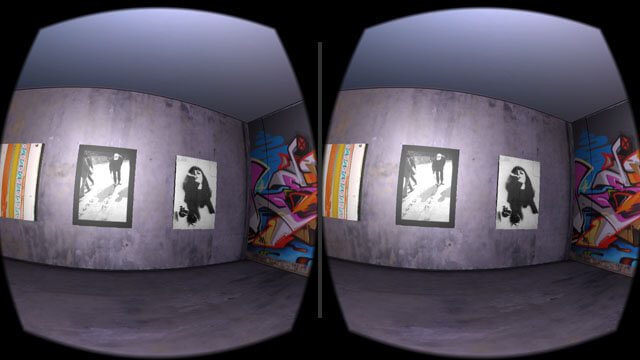
Within content would certainly improve from being presented in higher resolution, but it does seem to have an especially exuberant feel. Maybe that’s because many of VR’s early adopters, motivated by its storytelling potential, are indulging in creativity for creativity’s sake?
The state of the VR camera market
We spoke with imaging industry analytics experts, Futuresource, to garner their thoughts on the current VR market and where they think it may be heading. They said: “Despite smartphones being the most convenient device for casual photography and videography, demand for certain dedicated image capture devices, such as action cameras, remains steady as consumers see the benefit of wearable/mountable, hands-free capture.
Interest within the consumer 360-degree segment has grown considerably in terms of premium consumer device availability and entry-level consumer models from C-list brands, [sub £100], while many more companies are looking to secure investment for their cameras via Kickstarter. The range of 360-degree camera form factors has also widened from the initial mountable and handheld models to throwable and aerial cameras and drones.”
Futuresource expects the vast majority of demand for single-unit 360-degree cameras will be driven by consumers; initially early adopters and sports enthusiasts. Increased competition throughout the forecast period should see prices fall and lead to rising demand from casual users, similar to the trend with traditional action cameras.
150,000 360-degree cameras were sold worldwide, back in 2015, which made up just 1% of total action camera sales. In 2018, however, growth has accelerated following the launch of new models and developments within VR. Futuresource expects 0.9m units to ship globally this year [from of total 9.8m action camera sales], of which North America will account for almost half.
What’s next in terms of growth in the consumer VR market?
It’s still relatively early days for the 360/VR camera market, in consumer terms, and there are some limitations with entry to mid-level models. These generally represent themselves in the quality/resolution of the video itself and issues with video/content stitching, particularly with the lower-end models, although these issues are being addressed with each new device that appears in the market.
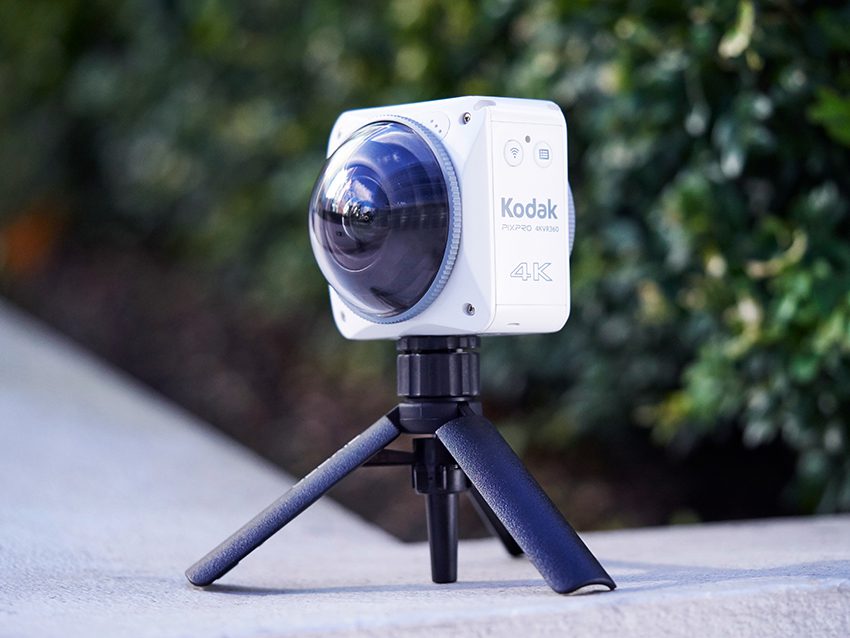
Futuresource continued: “While the volume of sales for 360-degree cameras of will remain comparatively niche in the short term, the longer-term outlook is positive, accounting for 34% of the overall action camera market by 2020 [4 million 360-degree cameras].”
So what about filmmaking in 360 degrees? User-generated content for VR is set to continue fuelling the growth in 360-degree cameras. YouTube and Facebook are still the key platforms for consumer 360 video activity, although Vimeo also entered the fray in March 2017. All three allow users to view content without a dedicated headset, although a more immersive experience is capable with the addition of a headset.
When it comes to producing 360 video content, it harks back to the root of the planning/conception point that sits at the core of filmmaking. You have to kick off by deciding whether you’re going to shoot/produce in 360 degrees or traditional 2D. After all, you can’t convert from traditional footage into 360! Film ‘grammar’ has been a filmmaking journey since the beginning of film, circa 100 years, both for the producers, the directors, screenwriters and the audience. This new tech takes the same people back to year dot with regards to considering their approach to filmmaking.
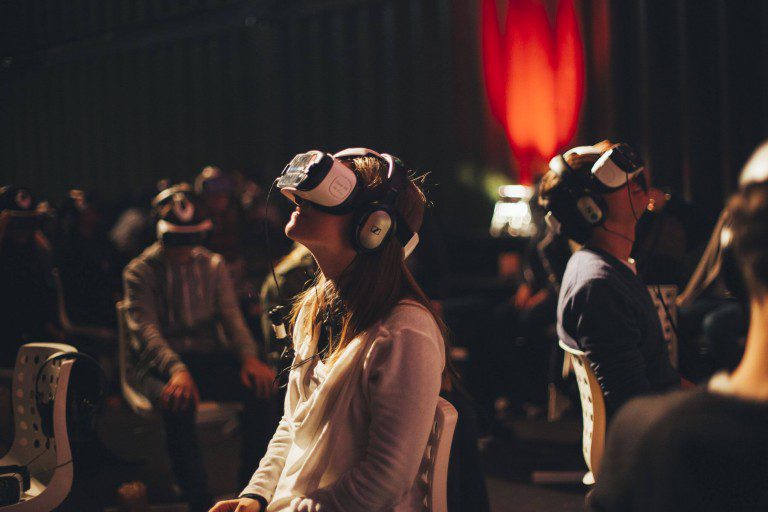
There are fundamental considerations to make in the outset of any 360 shoot. Where do you position your actors? how do you place them? You can’t use your edits to demonstrate empathy or other emotions in the way that you can in traditional filmmaking.
You have to rely on audio and visual clues to direct people. All of this is still relatively embryonic; it’s still being developed and tested and is still really an ongoing art form. The role of the audience The audience generally has an active part to play in the journey of a 360-degree film. Unlike traditional [2D] films, where the audience will be largely static.
A groundbreaking example of this, was Bjork’s exhibition, [Bjork Digital], which was commissioned by the New York’s Museum of Modern Art and took place at Somerset House in London in 2016, where [during a part of the expo] the audience were sat on swivel stools with the ability to turn to experience the footage. Other exhibits allowed people to walk around, although many didn’t due to the fact that they had been sitting previously and hadn’t realised that they could then move more freely. This was a couple of years ago, now, and demonstrated the need for education.
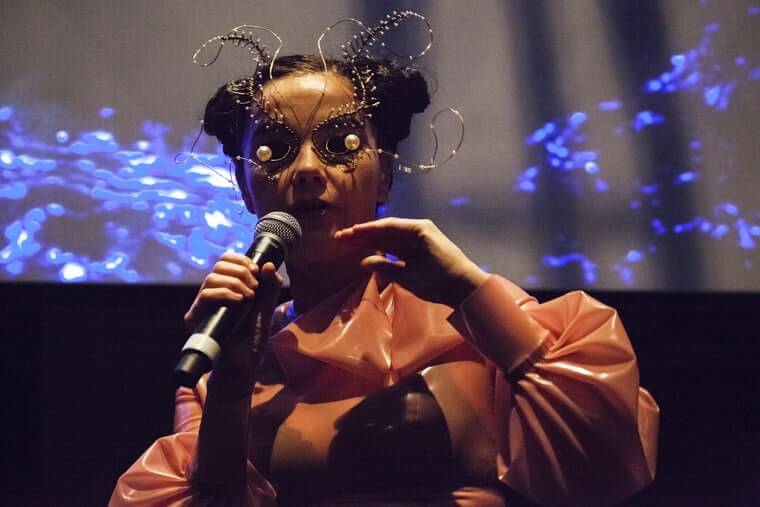
With regards to concentration, shorts are generally king when it comes to 360-degree film. Although there are many longer examples, 5-8 minutes is the norm and this is due to a number of factors; primarily 1st/2nd generation headsets and a lack of familiarity with the format for the audience.
Content is king At the end of the day, it doesn’t matter about the technology. 3D 360 Virtual Reality is a HUGE step in technological terms. The user experience is likely to be greatly improved [depending on the content]. For example, sports footage will not make a great deal of difference as the subjects are far away unless further tech is introduced which will allow viewers to choose their own location at will. Other circumstances, such as dramatic productions offering more intimate actions will give a much greater experience to the viewer.
Does it have to be 360? Where do you put the crew? You could use drones, but limitations will be apparent with anything like a traditional setup or crew. Companies such as Next VR are producing footage in 180 degrees with [behind] either a computer-generated room, or sponsor logos, which works as the natural movement of a human is roughly 180 when in a static position. This is likely to work well in the cinema market.
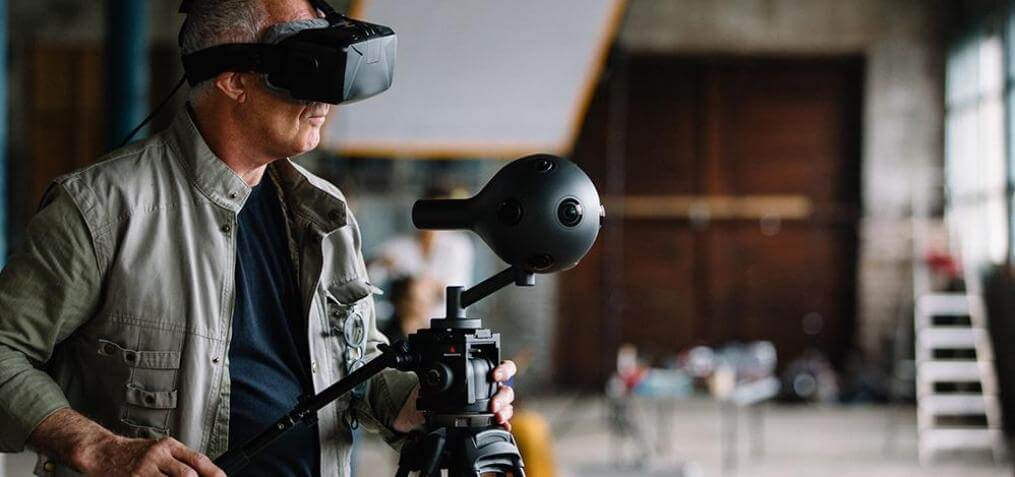
Someone who’s close to this is PhotoBite’s own expert, filmmaker, Phil Grabsky, who owns and operates the event cinema company, Exhibition on Screen. Here’s what he had to say on the matter:
Having been working in the film industry for many years, I have the benefit of having seen various technologies enter the fray with the promise of delivering an enhanced experience for its audience. This can be very exciting for a filmmaker. As creatives, we generally hope to push boundaries within our craft. For example, the ability to capture high-resolution time-lapse film or crisp aerial footage has never been simpler or more available.
The primary element of any film is its narrative, and should always be treated as such.
Phil Grabsky – Exhibition on Screen
That said, I’ve also seen many people put the technology before the essence of the film. In other words, the primary element of any film is its narrative, and should always be treated as such. It’s all too tempting to demonstrate what can be done with ‘new toys’ and a good example of this is the resurgence of 3D that we saw entering the consumer market around five years ago.
There appeared a slew of all-singing/dancing 3D televisions for all to enjoy, but in reality, there was very little in the way of quality content to go along with it. Sure, there were many demonstrations of what the technology could offer, and in fact, some of this was excellent, but in real terms, there wasn’t enough meat on the bones for the consumer market to adopt it, long-term. It was tech first, story second, and that’s why I believe no one is really shouting about 3D in 2018.
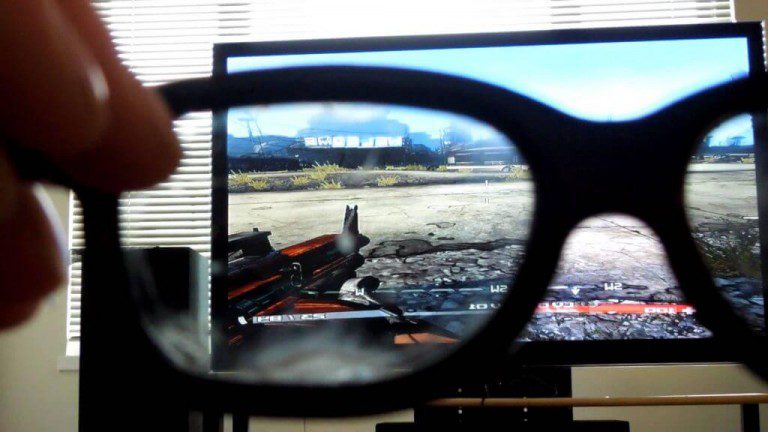
Virtual reality is another thing altogether.
It really does feel like there’s a tidal change happening, but no one really knows how it will land. There’s a huge amount of education still required for the various current applications to ‘meet’ in a consumer sense. The gaming market is probably the most mature in terms of VR, but how does that then translate to film narrative – or does it, even?
Social platforms are playing their part in introducing Virtual Reality and consumer devices are challenging the many to discover new and exciting ways to engage with an audience, but my feelings are the same; the screenwriting is key. Unless you can put the story first, and then deliver the experience using aspects of VR technology, you’ll never win.
Great strides are being made in this capacity and we are testing the technology within our niche, ourselves. I do remain optimistic for VR to ‘cross over’ but I also believe that we’re still some way off from it being commonplace in the cinema market. So there you are. As we get the foot of this report, it’s still anyone’s guess as to whether or not we will see VR ‘really’ crossing over from the gaming market, where it is now firmly placed as ‘the norm, to consumer imaging and general entertainment platforms.
Watch this space as we continue to keep a close eye on the development of camera and audio tech in VR/360 video, along with the available applications that become more widely available and/or adopted by a wider audience. Feel free to comment an please share far and wide. It’s a can of worms, for sure, and we welcome the conversation from you all!


